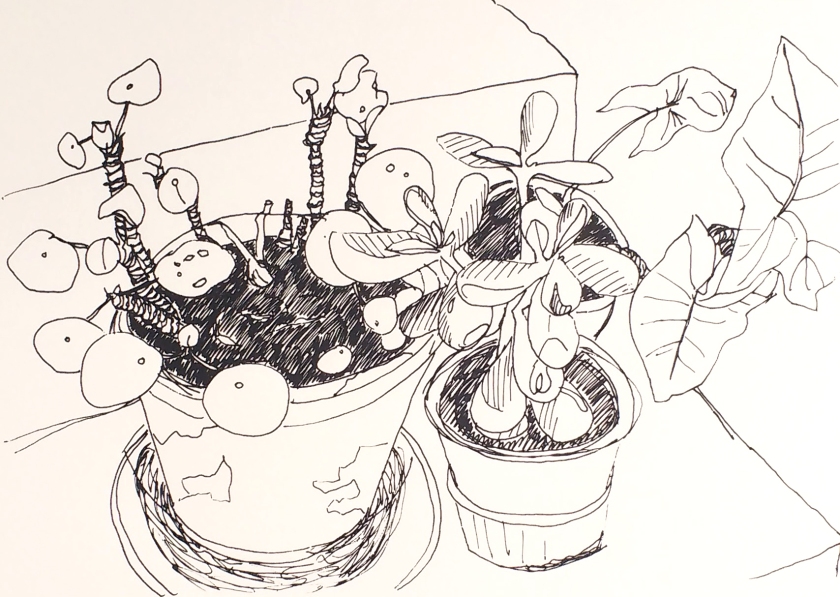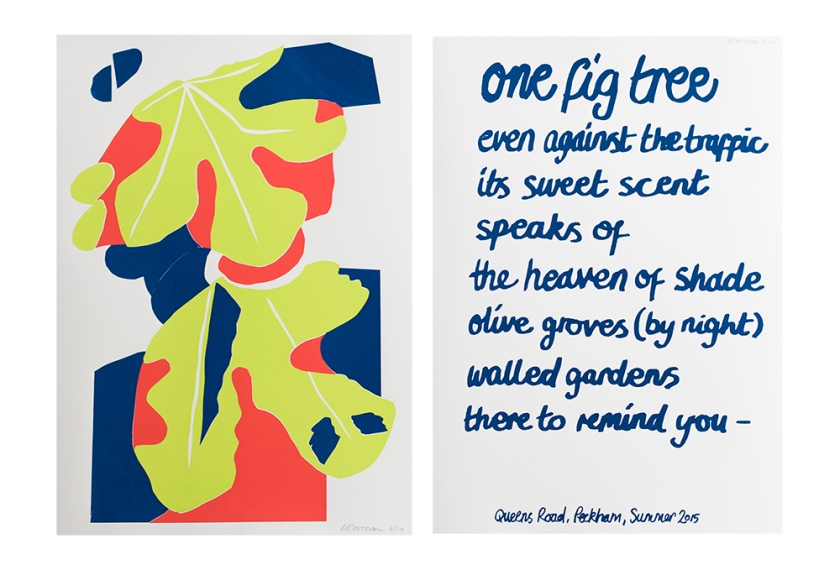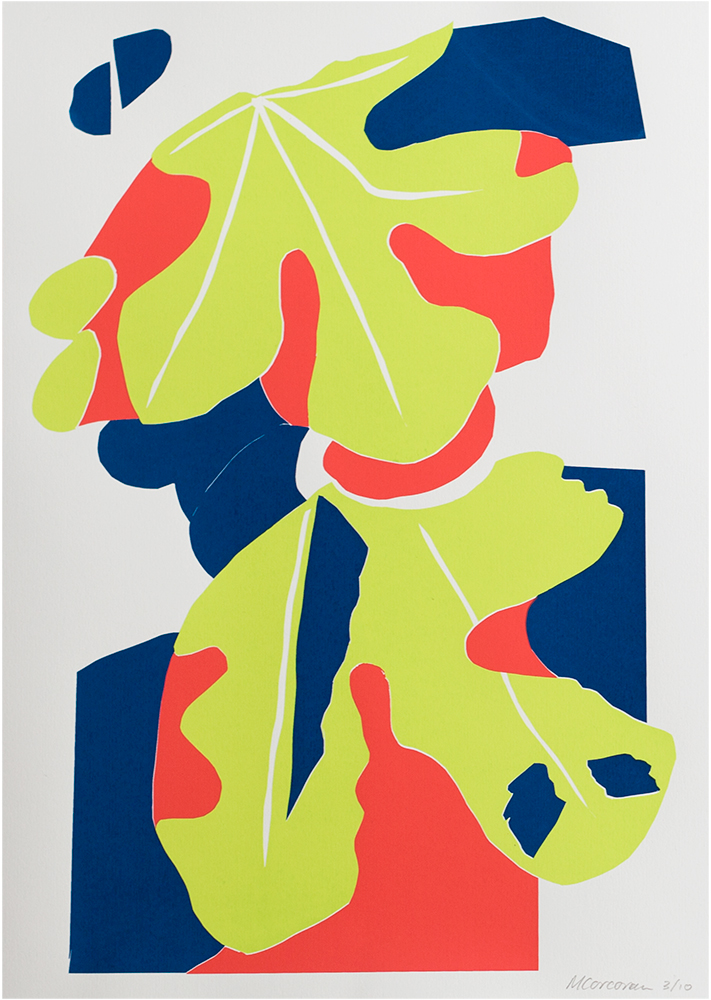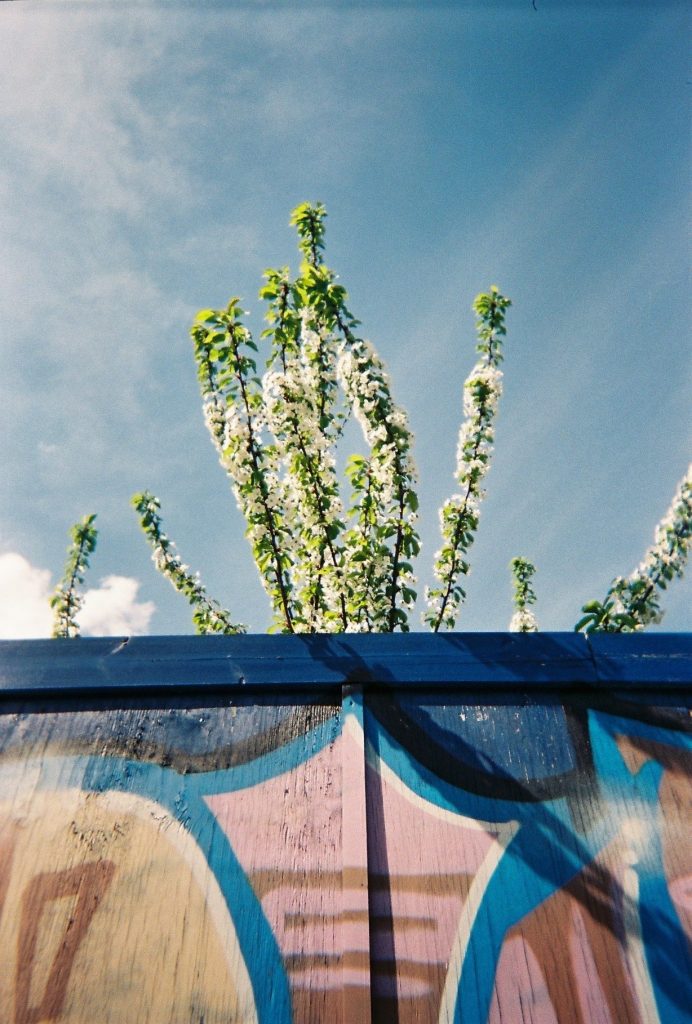As part of my research into the politics of plants and flowers I attended a panel discussion on “Photography, Colonialism and the Politics of Planting” at The Mosaic Rooms.
The discussion featured interesting points on the legal frameworks which make invisible non-Western forms of relationships with the land and the political nature of the classification of plants.
Simply reciting the language we use when classifying plants, tells you much about the political potential of the systems used to order the natural world: native species, invasive species, non-native species, alien, exotic…
The symbolic weight of these words is surely due in part to our metaphorical use of systems of flora classification for systems of classifying groups of people, but I would argue that the metaphorical relationship runs both ways. Flora and fauna have come to shape our language about peoples, and our language about plants reveals our political and social stances and narratives towards peoples.
As an example, I recently heard some discussion of the fact that Aborigines were categorised as ‘flora and fauna’ in Australia until the 1967 referendum. There seems to be some debate over this, but whether it was true in some cases, or has entered the discourse through a different logic, its presence as an idea is meaningful. Indeed the non-verification of this idea, and the anxiety it seems to provoke, reveals much about the limits of colonial ways of recognising meaning (seen in the discussion on those hyperlinks).
The underlying principle is that people and land are semiotically bound together. A relationship which proves revealing and full of implied meaning when land and people are physically and politically separated.
There is much to explore here, but one point which intrigued me given my ongoing artistic interest in flowers and blossoms, came from artist Uriel Orlow’s research into plants and South Africa. It’s something he called “Flower Diplomacy.”
Through waves of boycotts towards apartheid South Africa, one object not included in the list, he pointed out, were flowers. The South African government could still send bouquets to foreign embassies, contribute flowers to international cultural events and was allowed to take part in the Chelsea Flower Show.
Flowers were deemed as ‘non-political’; benign, unimportant and without agency. Of course, the South African government used this to great effect – sending beautiful flowers across the world with labels proudly marking them as South African species. Orlow showed photographs from the South African Botanical Garden documenting the gifts and their oversized labels.
This blind spot interests me as it reveals something about the connection between international politics, the limits of colonial and patriarchal ways of envisioning meaning, and the subversive acts this framework allows for – whether we support those acts for not. It is always my deepest instinct that bodies and individual identities are replicated in group identities, are replicated in global political systems, and that any one part impacts all parts.
Here flowers are devalued and underestimated because of a misogynist reading of the state of nature: beauty equals uselessness; beauty cannot be understood as an act, only as a state and cannot sit alongside agency.
It reminds me of stories of female intelligence agents or political envoys gaining unguarded and sensitive information because powerful groups of men presume the visiting woman could not be of any importance, or even be able to remember and use information she is party to.
The deep need of patriarchal systems to align femininity with beauty, and beauty with powerlessness, creates a political situation which cannot envisage the clear political value of sending and featuring national flowers.
The body of the young girl has often been likened to the flower. It is that connection between youth, femaleness, exoticism that reveals to me the bodily message of such political systems. They cannot comprehend the subjectivity and agency of the young girl, and they write systems which make sure her subjectivity and agency cannot be recognised.
Add to this the racial and national identities that become key in the South African context: the native plants are colonised as white South African national symbols, connecting one group of people to the land over another.
These two dynamics, misogynist and racist systems of value, on the whole cohere with one another. In this case what is interesting is that their implementation becomes a contradiction in terms, exposing the untruthfulness of these systems of meaning.
If flowers mean nothing, then why send them at all? If flowers carry meaning, then why not exempt them from the boycott? Whilst governments sought to oppose South Africa, they clearly had a breakdown in non-meaning which allowed for meaning contrary to their stated political aims to occur. It is clear that in sending these bouquets, claiming native plant species was a way of claiming national and racial identity in connection to land.
Flowers became vulnerable to carrying a meaning that inflicted pain on groups of people and put them in jeopardy. Equally, by overlooking flowers, the West revealed its ongoing capacity to overlook both the vulnerability and potential agency of those bodies who feature at the bottom of a deeply embedded system of colonial and patriarchal meaning – even when it sought to make a statement against these structures.
The revealing alignment between flowers and people in terms of both the feminine and the exotic, offers a rich imaginative ground upon which to explore further connections between land, plants, and bodies. It raises the possibility that flowers as a subversive act could be used to challenge these systems from the other side. That their assumed in-agency, parallel to the assumed in-agency of the feminine and the black and the colonised, could be used to make statements – all the more powerful because of the irony of their position.
This is always the hope I seek as an artist when working within these paradigms which crush bodies, peoples and identities: That the limits of dominant forms of meaning provide us with ways to subvert and celebrate forms of meaning that recognise human agency and human value; that beauty can act.



